OPEN ASSEMBLY
Experiments in Aesthetics and Politics











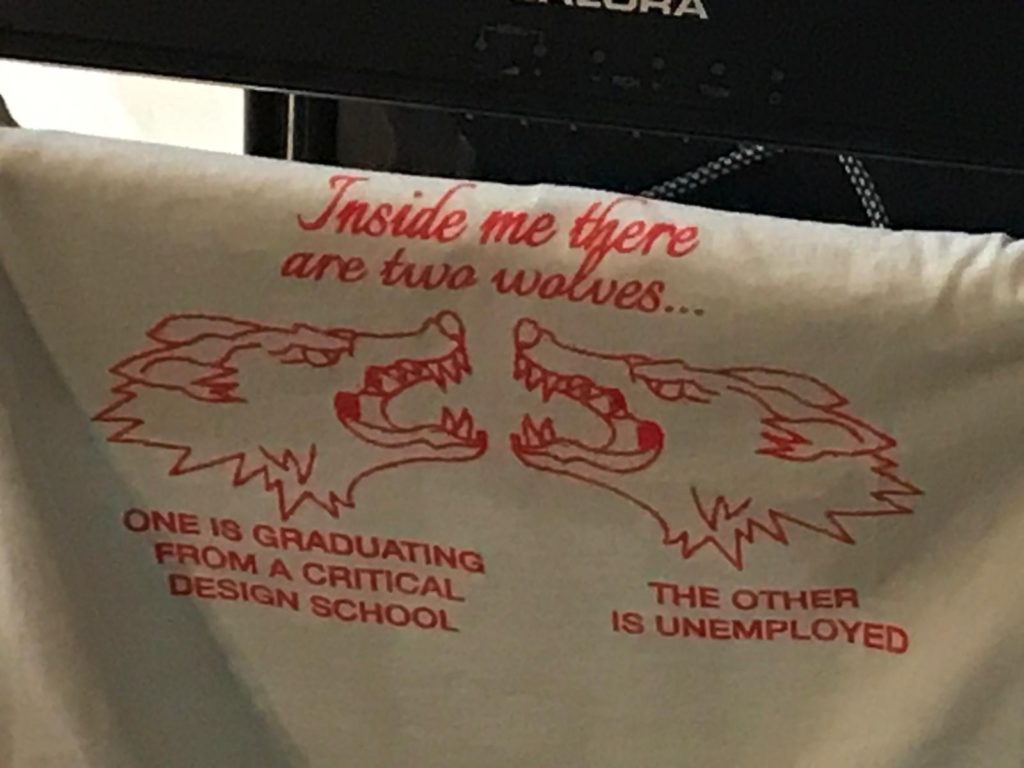
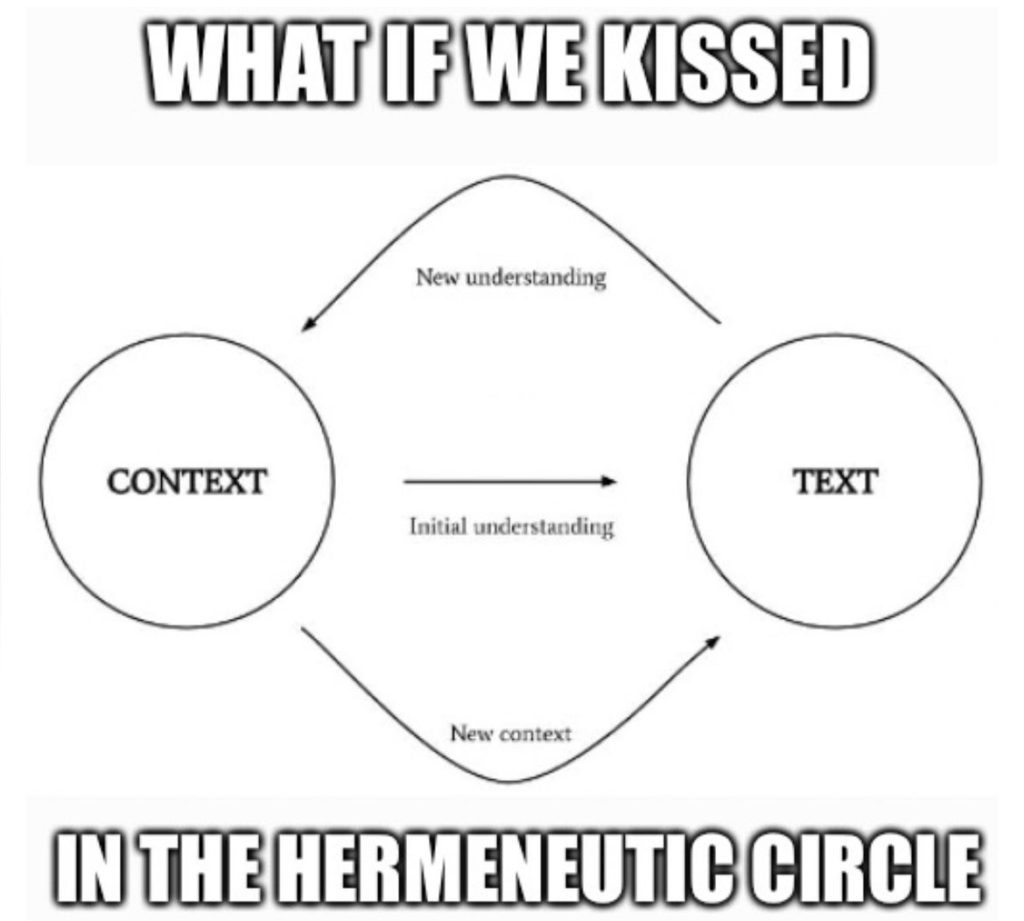








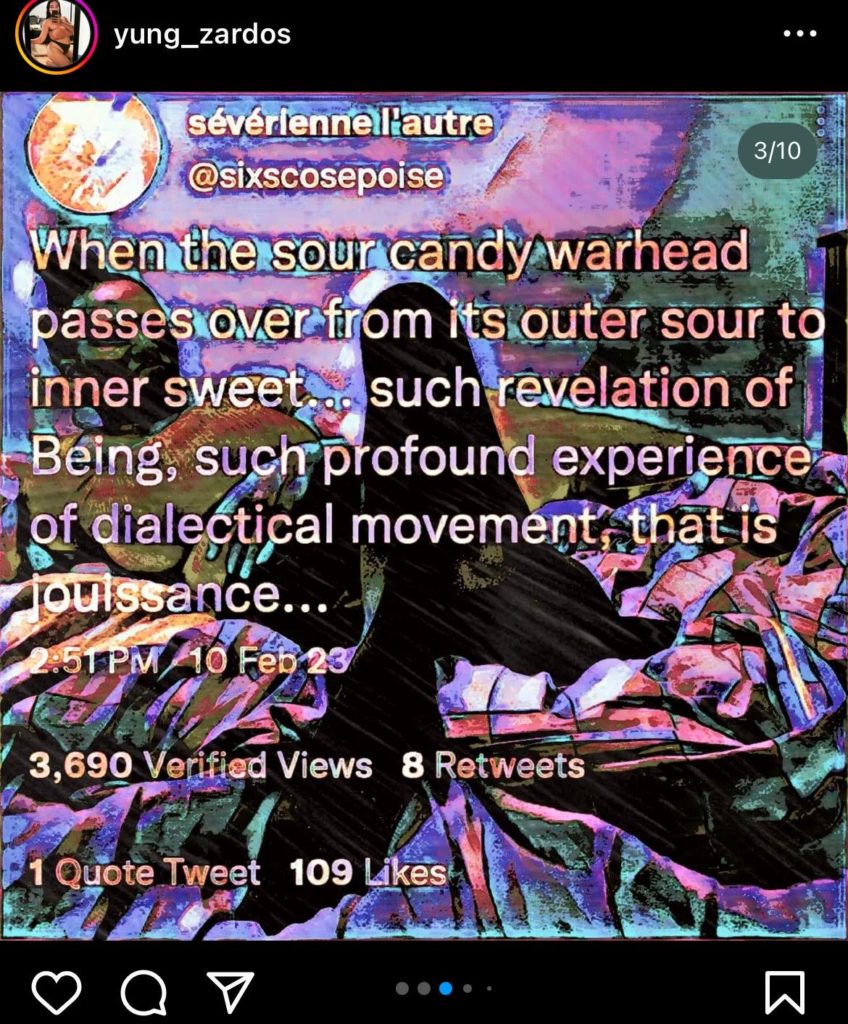
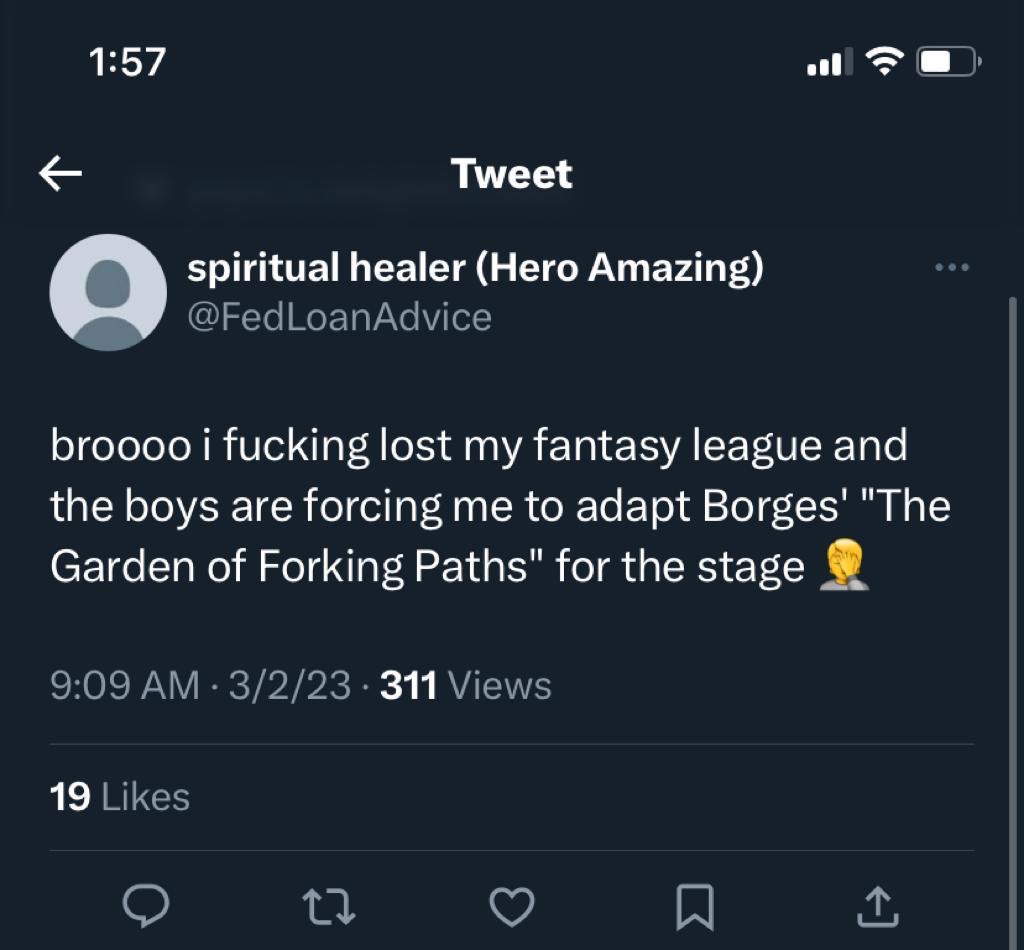







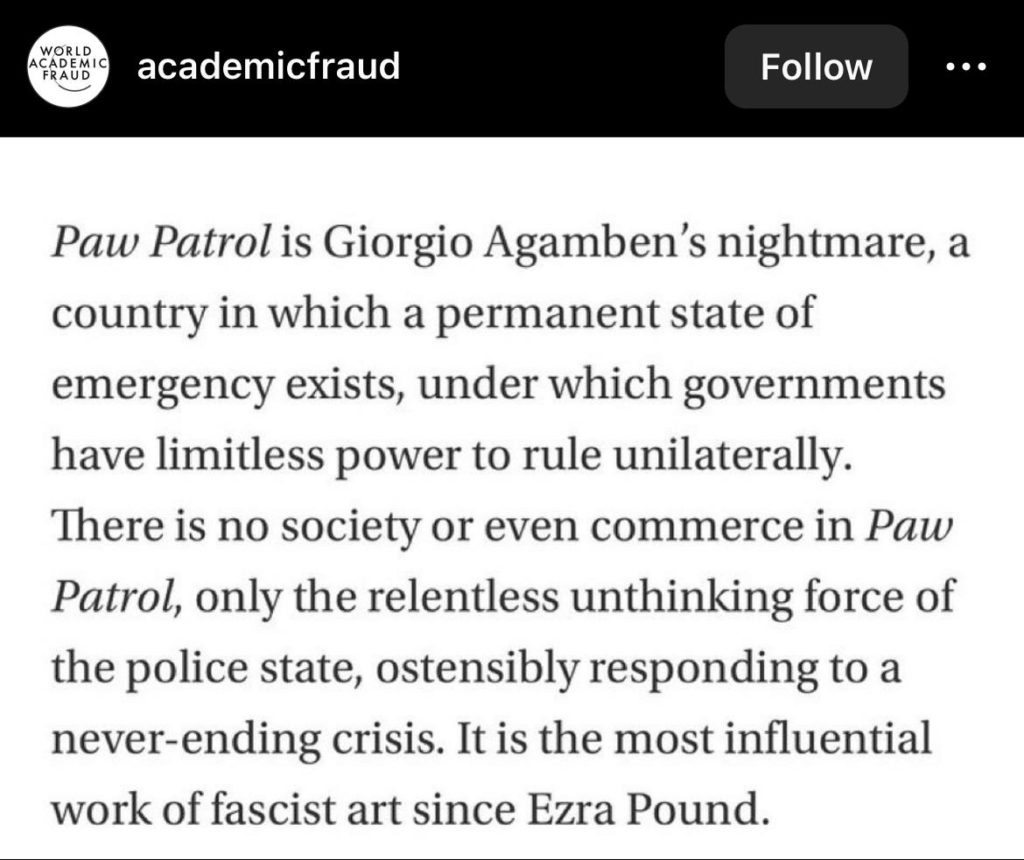




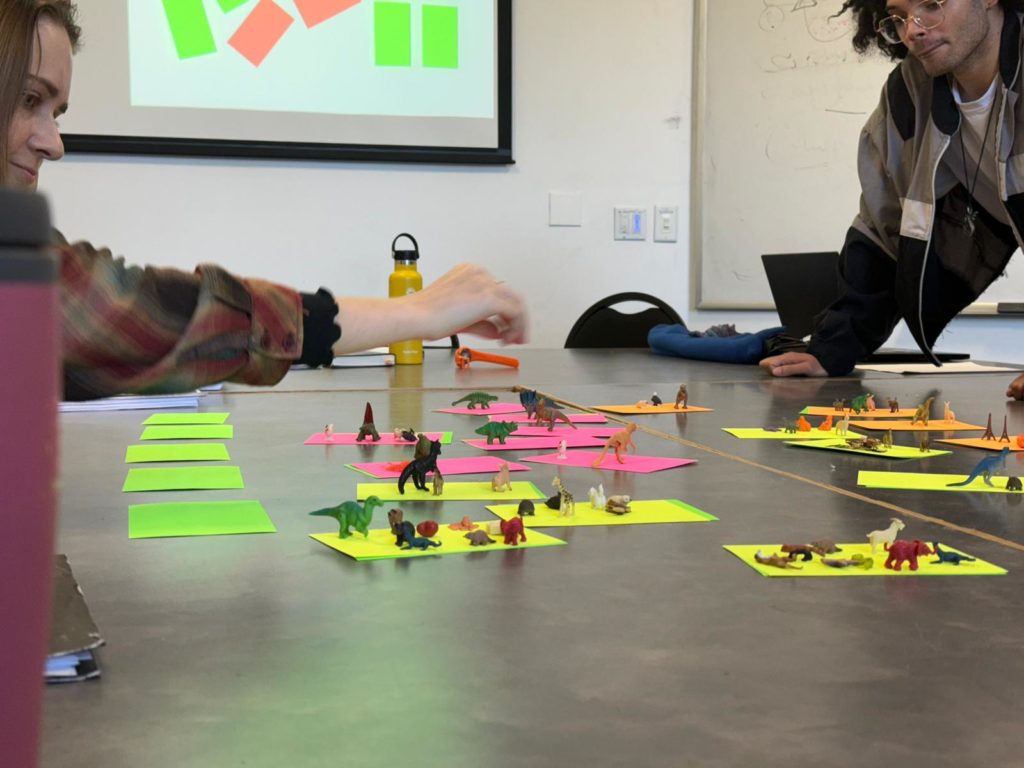
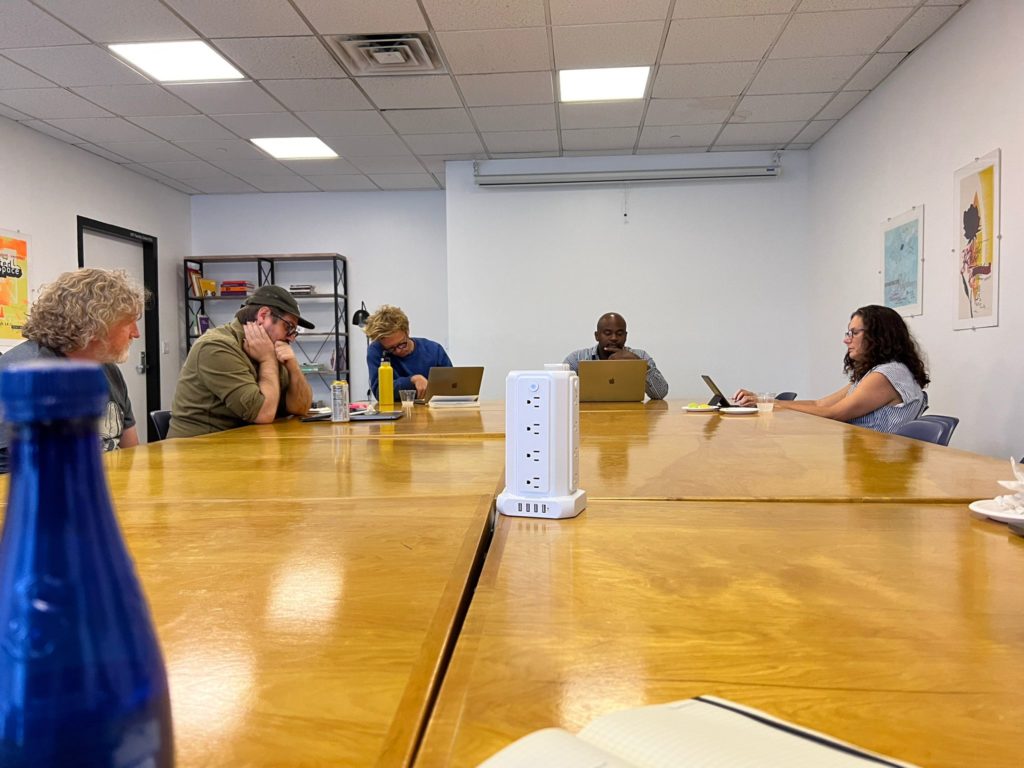


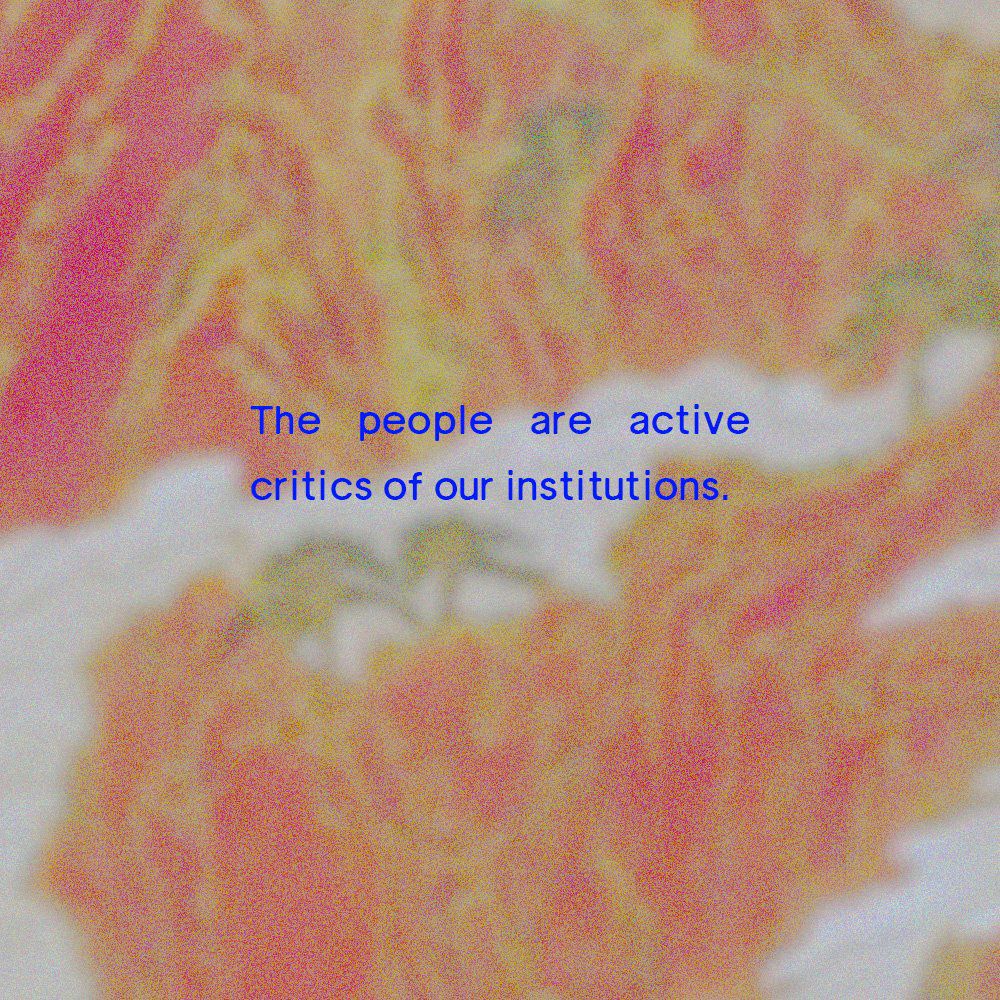

Metis and Lain
On October 18th, 2019, Nandita Biswas Mellamphy, an Associate Professor at Western University, delivered a public lecture at the West Hollywood Public Library as part of the WHAP! Series hosted by the MA in Aesthetics & Politics Program at the California Institute of the Arts. The public Lecture is entitled, “Larval Warfare and Predatory Politics.” This essay considers how the 1998 anime Serial Experiments Lain explores themes from her work.
Information in this time of extraordinary technological development is a precious commodity. The entity that has information has the power to control, distribute, and edit the information they are in possession of. It is a game of deception and nonlinear modes of travel through the digital landscape to trap information and use it to your advantage. This game of information trapping and the blurring of physical/digital reality, also known as “metic warfare” by Nandita Biswas Mellamphy, is how warfare is fought and won in this age of constant technological development. “Metic warfare” is the reality that science-fiction and cyberpunk stories once described come to real life, where deception and chaos are tactics through the use of technical objects to trick and trap information and create weapons to destroy the boundaries of the human, digital and nature.
“Metic warfare,” as explained by Mellamphy, is a way of life that emerges from the passage of information from one digital matrix to another by way of métissage. Métissage is a French word meaning a mix or cross-pollination. For Mellamphy, “metic warfare” is enacted by information that mixes or cross-pollinates between multiple digital matrices, such as government security information databases to social media databases. Métissage, in the case of Mellamphy, is essential for understanding her use of “metic warfare.” Instead of simply mixing information, Mellamphy suggests that information relaying is best understood as a deceptive and strategic process.
Another piece to the puzzle of metic warfare is Mellamphy’s essay “Ghost in the Shell-Game: On the Metic Mode of Existence, Inception and Innocence,” in which she refers to Mamoru Oshii’s film Inosensu (also known as Ghost in the Shell 2: Innocence for English audiences). She argues that technical objects, namely digital matrices, act as mediators between human and nature as well as a world of “inner memory and subjectivity” (3). In their roles as mediators, the existence of digital matrices have an asymmetric power over humans and nature. Thus, Mellamphy defines the existence of technical objects as Metic. She derives the term Metic from the Greek Titaness Metis, who is a symbol of cunning wisdom and a destroyer of natural order. Mellamphy has elaborated on Metis elsewhere, namely in her essay “(w)omen out/of Time: Metis, Medea, Mahakali,” in which she describes Metis as “fluid, mobile, ever-masked, and polymorphous; metis can bind elements but also can escape a bond by transforming itself” (15). She leads her to use the term “Metis” in conjunction with the idea of “Metic warfare” as a “mode of cunning intelligence that belongs not to war or the city but to technics, namely the machinations of hunting and trapping (not symmetrical and agonistic but asymmetrical and deceptive)” (“Ghost in the Shell-Game” 10).
How is this all relevant to how we imagine the internet? In the film, Inosensu, gynoids (doll-like sex robots) serve as metic agents that hunt and trap thier owners to achieve their goal. Mellamphy uses them as a way to describe asymmetric enemies that have cunning intelligence. The gynoids know, with the help of a hacker, act like ghosts, former humans whose consciousness have been uploaded into a machine or shell. The gynoids are polymorphus in their reproducibility. Their cunning intelligence comes from their awakening from the help of a malfunction into their programing that helps them hunt, trick and trap those who feel own them, the humans. They target their owners through deception and ultimately eliminate their owners.thus, like the titan Metis represents, the gynoids use their cunning intelligence to disrupt the natural order of human and machine and engage in “metic warfare.”
Though I agree with Mellaphy in her use of the gynoids to depict Metic warfare, further examples of techno/human relations and metic warfare are common themes across many other cyber-punk and Japanese science fiction anime and manga. Here, I would like to explore one: the character Lain from the anime series Serial Experiments Lain, who embodies a polymorphous identity whose actions follow principles of metic warfare that are rooted clearly in terror: the terror she causes her users both in and out of the digital matrix called “The Wired.”
In Japan, between July 1998 to September 1998, the 13-episode anime Serial Experiments Lain aired alongside mech sci-fi animes, such as the Gundam franchise and Neon Genesis Evangelion. What Serial Experiments Lain added was an avant-garde mystery that delved into the human psyche, such as our growing dependence on the internet. Its approach was fresh given that the World Wide Web was publicly released in 1991 and AOL’s instant messaging had launched in 1997. Though there were early precursors, with the internet being conceived in the 1960’s and the concept of a “digital matrix” described for decades in the books of Do Androids dream of Electric Sheep by Philip K, Dick (1968), Neuromancer by William Gibson (1984), and even the original manga for Ghost in the Shell (1989). Serial Experiments Lain offered a reaction to and exploration of the new reality of the internet that had been newly released and used among adolescence more frequently. It was written as a cautionary tale of dependence on technology, emphasizing how its adoption can become almost religious and habitual. Moreover, the series also predicted new types of warfare under the direction of polymorphous servers and algorithmic deities that interact in and out of physical/digital reality, like Lain herself.
Within the first episode, a form of “metic warfare”already begins with Lain, a school girl who is seemingly aloof to technology and “The Wired,” after she receives a series of messages. The messages come from her classmate Chisa, who commited suicide the day before. They inform Lain that Chisa is not really dead, but rather, that she has only given up her corporeal reality to join “The Wired.” The reason she gives?: “God is here.” (Ep. 1 “Weird,” 13:48). The scene further elaborates what Mellamphy is arguing about technical objects. The computer and the “The Wired” serve as technical objects as they mediate between human, digital, and the natural world. This mediation is fluid and omniscient, enabling Chisa to transcend death by becoming digital, which allows her to appear once more in Lain and other students’ physical realities. This instigates Lain to dive deep into “The Wired” only to find out that there are multiple Lains there. Each employs their own means of controlling, trapping, and deceiving users of “The Wired,” manipulating their realities both in and out of the digital landscape. As the episodes progress, so do the mythical and deity qualities of Lain and her all-knowing power.
The metic Lain’s further embodies larval terror as she surveils and blackmails her classmates. Paranoia and disillusionment enters each user as Lain undertakes her campaign of fear. Her actions follow what Mellamphy describes as larval terror, creating “an affective state in which we may sense some – we may feel it viscerally – that we can’t identify, quantify or qualify”(“Larval Terror” 3). For example, Lain’s alter identity confronts a disillusioned gunman with the words “No matter where you go, everyone’s connected” as he enters a nightclub (Episode 2 “Girls”). The ambiguous statement that “everyone’s connected” serves as a psychological threat to the gunman, so contaminating his mind that he flips his gun and fires it on himself. “Everyone” is an asymmetric terror that Lain uses to trick and manipulate the users of her system; This terror is an asymmetric one because it is a faceless, immeasurable terror that is unpredictable as to when and where it can strike its target, which in many cases the target of this faceless terror may not know it is being targeted. The inability to differentiate between friend and enemy results in a paranoia so severe that the man attempts to sever his ties with both worlds. This is how Lain wins this metic game, by tricking and trapping the man for his data, winning his consciousness to grow her own knowledge and power.
She, Lain, is designed to destroy the barrier between the world of the “Wired” and the human world. She mobilizes “metic” and “larval warfare” through asymmetric terror as an all-knowing and polymorphous being that infiltrates daily human life. The digital is everywhere and even passive interaction with digital matrices, such as social media platforms and google searches, unknowing users fall prey to predatory algorithms that track and capture their data. In an extreme example, drone warfare uses “metic warfare” to trick and trap their next target by capturing their information. All the while their targets are unaware that they have been targeted and soon will be eliminated. It is a removed and disillusioned way of fighting that evokes paranoia and insecurity to both the prey and predator; It is deceptive and chaotic on both ends of the battle field. The “Wired” or the internet are technical objects in the daily life of contemporary human society. If the existence of technical objects is metic and technical objects are mediators between the human and nature then existence itself is deception and chaos.
Works Cited
Mellamphy, Nandita B.“Ghost in the Shell-Game: On the Metic Mode of Existence, Inception and Innocence” Funambulist Paper. No.46. pp 3, 10.
Mellamphy, Nandita B. “Larval Terror and the Digital Darkside.” E-International Relations, 14 Nov. 2015. pp 3
Mellamphy, Nandita B. “( ᵂ )omen out/of Time: Metis, Medea, Mahakali.” 2016. pp 15
Nakamura, Ryutaro, and Yoshitoshi Abe, director and producer. Serial Experiments Lain. TV Tokyo, 1998.